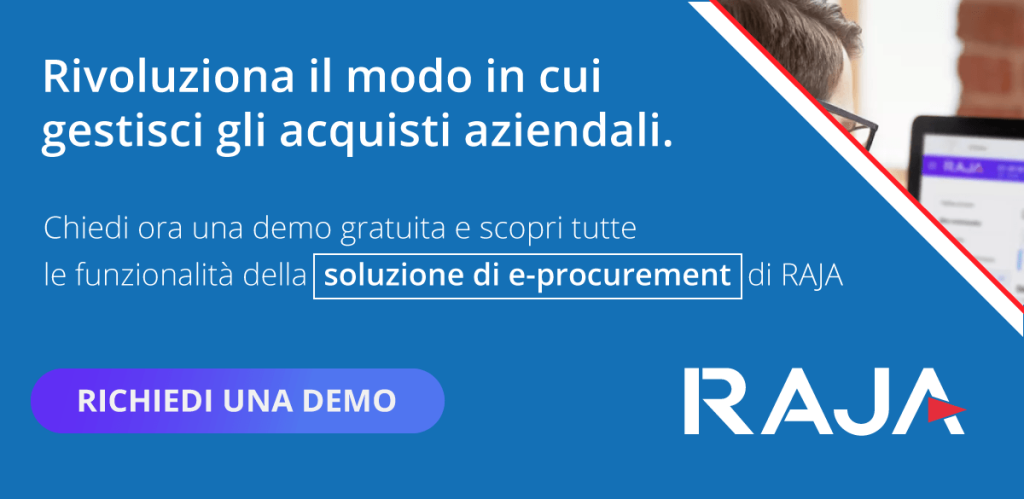Equipped with negotiation skills, digital skills, a good communicator and able to have an well-rounded view of the business chain. These are many of the qualities that are required of the digital buyer today, that professional figure who plays the role of procurement manager in companies, following the various stages of the process, increasingly supported by digital services.
A role that in recent years is undergoing a rapid transformation generated precisely by the emergence of new technologies, which in many cases are proving to be useful allies for make procurement processes more efficient (or procurement) processes with a view to the general digitisation of companies.
At RAJA we have been part of a transformation path in this area for some time now, for example through the introduction of an e-procurement tailor-made for its customers. Our experience is the reason why we have chosen to make our expertise in this area available to you.
Managing suppliers in the digital age: Vms
An important part of the e-buyer’s tasks consists of supplier managementan activity also called Vendor Management. This is the information gathering, selection and analysis work that leads the digital buyer a:
- identify the right suppliers
- categorise within product classes
- define their ideal number and organisation
- determine which ones should be considered strategic.
All this with the aim of securing their loyal cooperation and preventing some from achieving excessive bargaining power. Other tasks are included, such as identifying the best offer, negotiating contractual clauses, and maintaining compliance requirements.
The vendor management is a key activity of every company, because it serves to keep costs under control and mitigate the risks of disruption to global supply chains, avoiding stops in production or service delivery. Events such as the Covid-19 pandemic or the conflict in Ukraine have highlighted the need for flexible management that can best respond to the circumstances of the momentfor example, by pushing companies to diversify their supplier set geographically or to increase in numbers.
As with other business functions, the vendor management can today be supported by dedicated software called Vendor Management System (or Vms)programmes, mostly cloud-based, that digitise some of the steps in vendor management.
Evaluation is also digitised: the vendor rating
A specific phase in the management of a supplier by a buyer or purchasing department is its evaluation. In jargon, this activity is called vendor rating and consists inattribution of a rating (in some cases an actual score) drawn up taking into account its performance under various profiles. These can undoubtedly include the technical quality of the supply, the delivery time, the relationship between the desired and applied price, but also the quality of the commercial process or that of the management of the administrative phase, including the invoicing process.
In some sectors, it is now also common practice to evaluate the supplier in aspects such as environmental and social sustainability or its attention to safety issues. In others, issues such as the traceability and retraceability of raw materials can be crucial. The activity of vendor rating can also be supported by the use of software, either dedicated or integrated within other programmes.
Buyers and Suppliers in Continuing Concordance
Let us open a parenthesis. The identification of strategic suppliers is not only important in normal periods of business activity, but becomes crucial in the event that a company is faced with insolvency proceedings such as an arrangement with creditors. If their supplies are recognised as essential for the continuation of the company’s business, they may in fact benefit, in some cases, from the possibility of advance payments.
What is supplier circularisation
An activity that is not among the specific tasks of our digital buyer, but which he or she must be aware of, particularly if working for large companies, is the so-called supplier circularisation.
This is when the client company’s auditors, in the run-up to the closing of the financial statements, send letters to suppliers for confirmation of details of account balances, with the aim of obtaining external feedback. The suppliers to be approached can be identified by random choice or from among those whose receivables exceed a certain threshold. This activity too can now be carried out – by auditing firms – with the help of software, which not only automates it but also makes it unassailable against possible challenges of subjectivity in the choice of sample.















